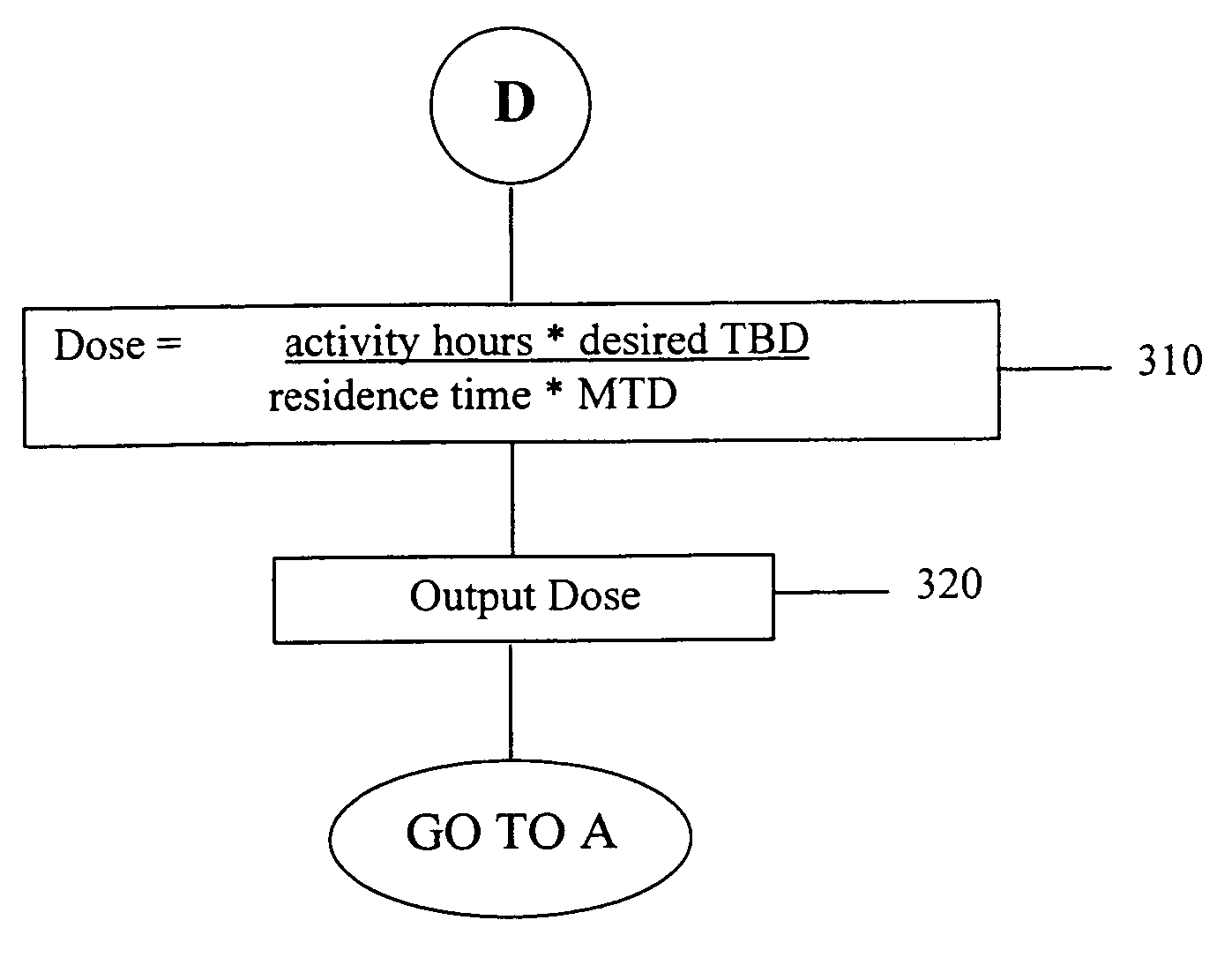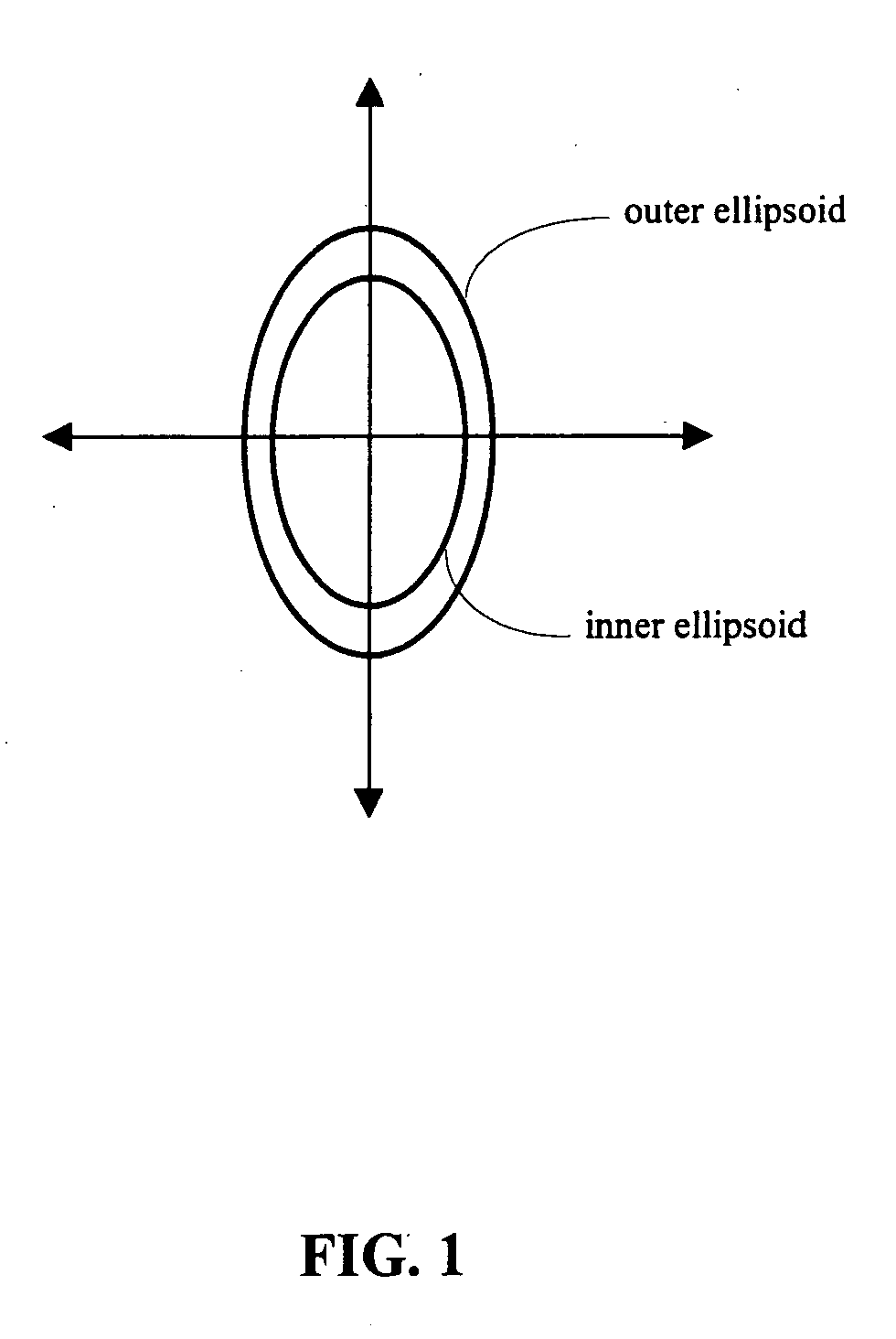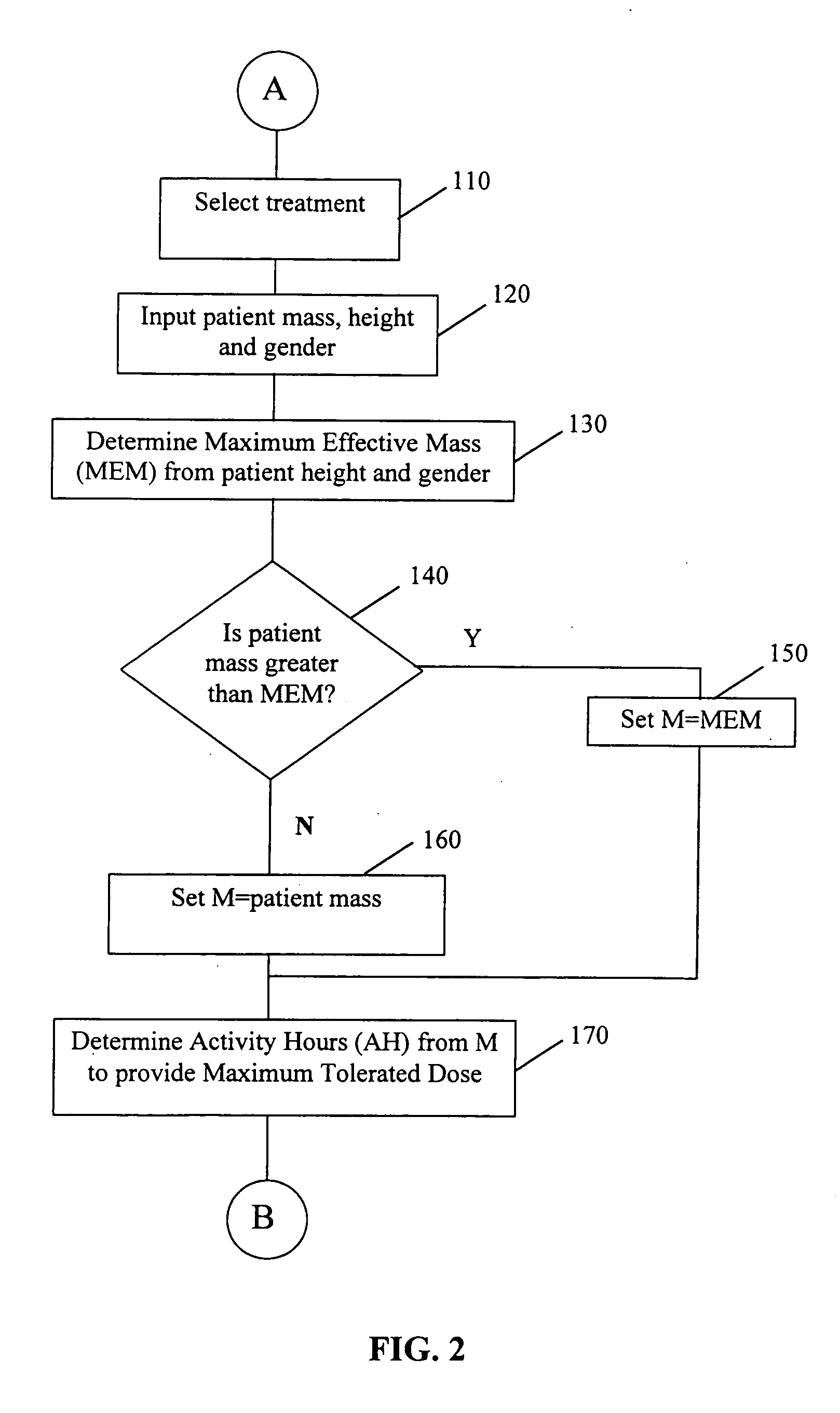Patient-specific dosimetry
a technology for patients and dosimetry, applied in the field of patient specific dosimetry, can solve problems such as inability to provide an effective dose, potential for adverse effects, and inability to predict the weight or body surface area of patients,
- Summary
- Abstract
- Description
- Claims
- Application Information
AI Technical Summary
Benefits of technology
Problems solved by technology
Method used
Image
Examples
example
[0132] A radioimmunotherapy method utilizing 131I-labeled Anti-B1 (murine anti-CD20) monoclonal antibody as the radiopharmaceutical is useful for treatment of non-Hodgkin's lymphoma. A fundamental consideration with the anti-CD20 monoclonal antibody is that the antibody while binding with high affinity to malignant cells of non-Hodgkin's lymphoma, also cross-reacts with normal circulating B cells in the blood and with normal splenic B cells. Due to this cross-reactivity, the variable B-cell population, and the preferred radioimmunotherapy protocol with a dose ranging design in which patients receive varying amounts of unlabeled antibody prior to the administration of the radiolabeled antibody, it was expected (and subsequently observed) that there would be substantial patient-to-patient variability in the rate of clearance of the radiopharmaceutical from the body. Thus, with varying clearance rates of the 131I-labeled Anti-B1 antibody radiopharmaceutical, differing radiation doses w...
PUM
| Property | Measurement | Unit |
|---|---|---|
| Fraction | aaaaa | aaaaa |
| Fraction | aaaaa | aaaaa |
| Fraction | aaaaa | aaaaa |
Abstract
Description
Claims
Application Information
 Login to View More
Login to View More - R&D
- Intellectual Property
- Life Sciences
- Materials
- Tech Scout
- Unparalleled Data Quality
- Higher Quality Content
- 60% Fewer Hallucinations
Browse by: Latest US Patents, China's latest patents, Technical Efficacy Thesaurus, Application Domain, Technology Topic, Popular Technical Reports.
© 2025 PatSnap. All rights reserved.Legal|Privacy policy|Modern Slavery Act Transparency Statement|Sitemap|About US| Contact US: help@patsnap.com



